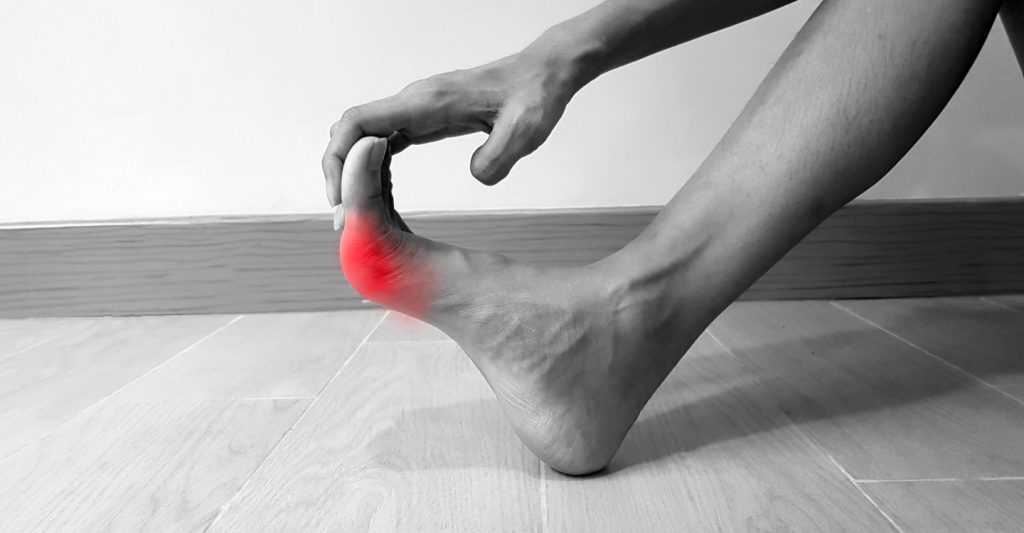
According to the Institute of Preventive Foot Health, the normally active person will have walked or run an average of 75,000 miles by age 50. Happily, the foot is specially designed to handle such a high level of use pads with the aid of plantar fat pads. Plantar fat pads are cushioned areas that protect the bones, ligaments, nerves, blood vessels, and tendons in the feet from the impact they endure over time. Learning how to protect your fat pads is critical to your long-term foot health.
Your fat pads will naturally break down over time through wear and tear. However, there are certain actions you can take to better protect the fat pads on your feet for enhanced foot health.
Tips and Treatment for Fat Pad Health
The best protection for your plantar fat pads is taking a proactive approach by taking good care of your feet through good hygiene and use of proper footwear. In particular:
- Wear properly fitted shoes
- Use cushioned socks
- Use orthotics for enhanced support
Primarily, you should wear shoes that fit well and provide adequate support for your feet. Be sure to consult with your local foot doctor if you have questions on the best type of shoe or foot orthotic to use. Wearing specially cushioned socks may also support fat pad health.
In some cases, fat pad restoration may be recommended to reduce foot pain. Wearing properly fitted footwear will not alleviate pain while walking barefoot, for example. Also, bunions, calluses, hammertoes, and other foot conditions may also improve as a result of fat pad restoration.
A podiatrist will know whether or not fat pad restoration or another type of treatment may be appropriate for you. Diabetics are especially encouraged to protect their feet and fat pads and seek the help of a foot doctor or specialist if they start to experience foot pain.



